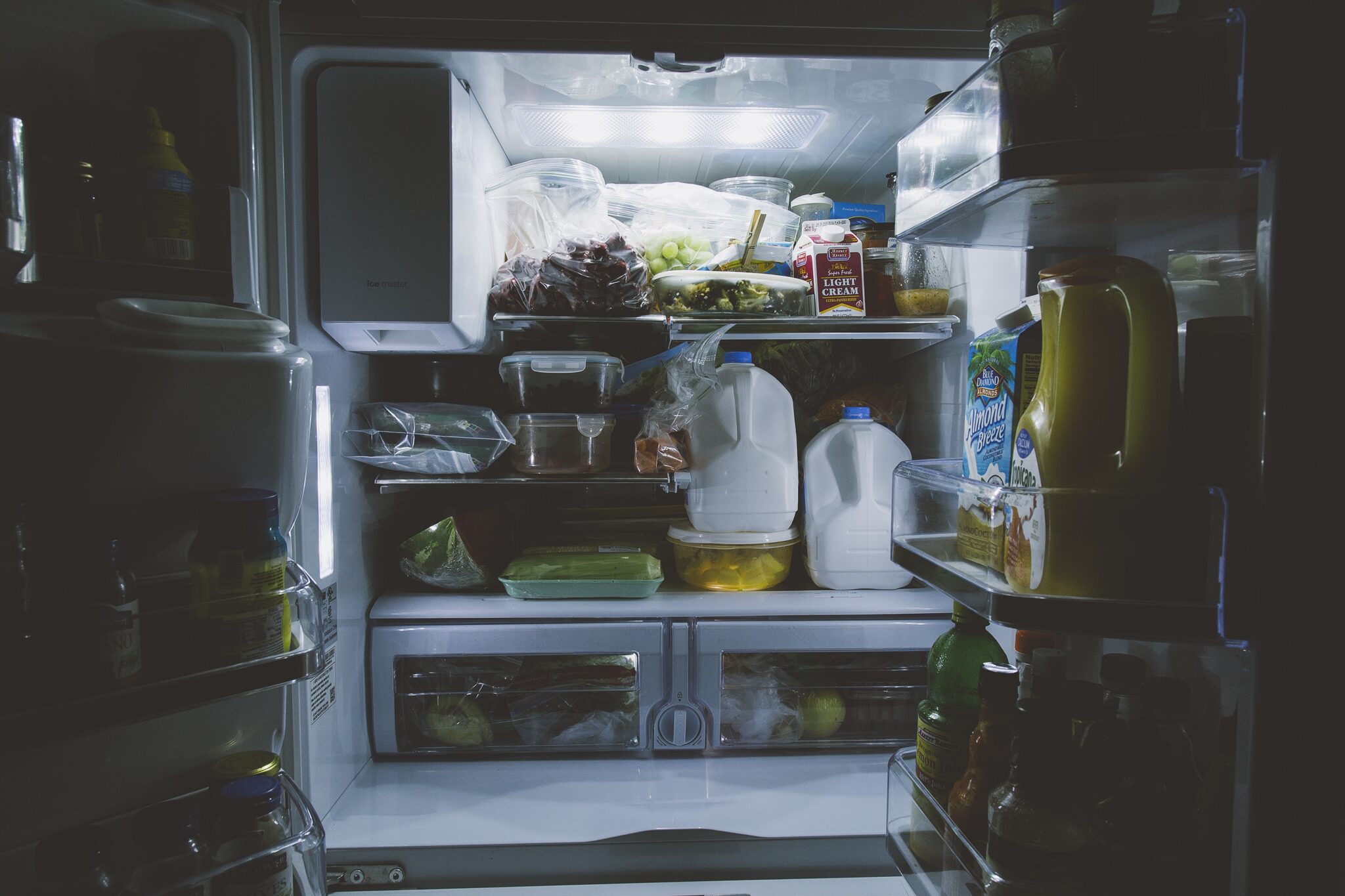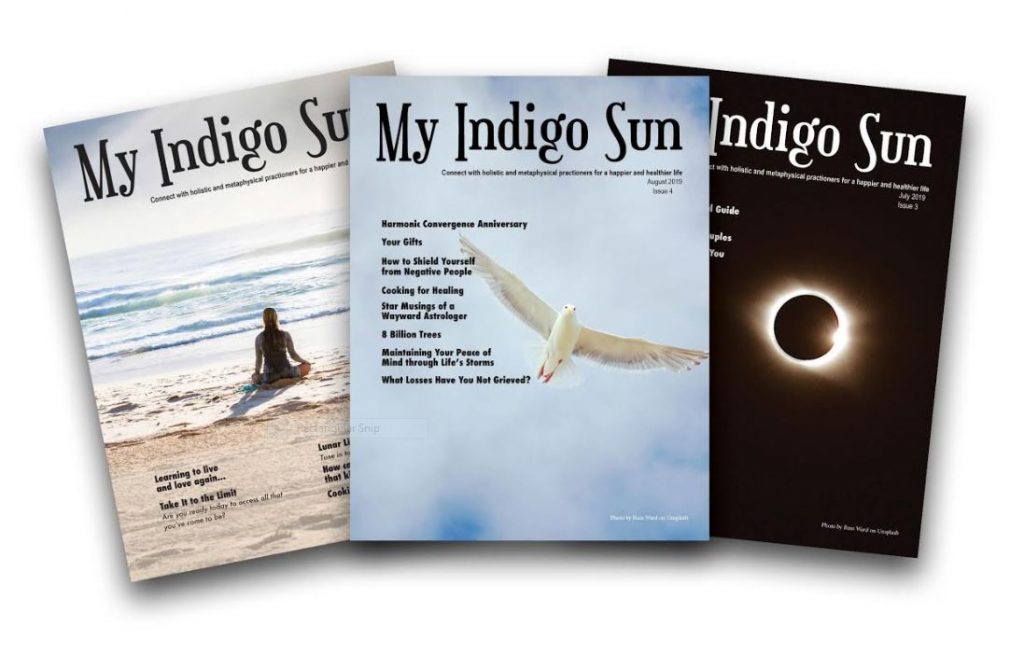Food is meant to nourish us — not harm us. But unfortunately, food adulteration is a real problem in many households today. Adulteration means adding unwanted or harmful substances to food, often to make it look more appealing or weigh more so it can be sold for a higher price. While some adulterants may seem harmless, others can be dangerous to your health.
The good news? You don’t need a lab to protect your family. Many adulterants can be detected using simple tests right in your own kitchen. Here’s how you can check some of the most commonly used foods for purity.
🥛 Milk
What might be added? Water, detergent, starch, synthetic (fake) milk.
How to check:
- Water: Drop some milk on a shiny surface (like a plate tilted slightly). If it runs off quickly without leaving a white mark, water may have been added.
- Detergent: Shake the milk in a closed bottle. If it forms a lot of froth or foam, it may contain detergent.
- Starch: Boil the milk, let it cool, and add a few drops of iodine (if available). A blue color means starch is present.
- Fake milk: Has a bitter or soapy taste and may turn yellowish when heated.
🧈 Butter
What might be added? Vanaspati (a processed fat made from vegetable oils that imitates butter).
How to check:
- Smell a spoonful of melted butter. Pure butter smells rich and creamy. Vanaspati has little or no smell and may feel oily.
- If you have vinegar or lemon juice: Mix a small bit of butter with a pinch of sugar and a few drops of lemon juice. A red or pink color after a few minutes may indicate vanaspati.
🌾 Wheat Flour
What might be added? Chalk powder, starch.
How to check:
- Chalk powder: Mix a spoonful of flour in a glass of vinegar or lemon juice. If you see bubbles forming, chalk may be present.
- Starch: Make a paste using flour and water. Add a drop of iodine. If it turns blue or black, starch has been added.
⚫ Black Pepper
What might be added? Papaya seeds (they look similar).
How to check:
- Put a handful of black pepper in a glass of water. Real black pepper will sink to the bottom. Papaya seeds will float.
🌕 Turmeric Powder
What might be added? Metanil yellow (a harmful artificial dye), chalk powder.
How to check:
- Rub a pinch of turmeric with a little water on white paper. If it leaves a bright yellow stain, it might contain artificial dye.
- Add a few drops of lemon juice to turmeric. If it fizzes or bubbles, chalk powder may be present.
🛑 Final Tip: Trust Your Senses
If a food smells strange, looks unnaturally bright, tastes odd, or behaves differently when cooked, trust your instincts and test it. These simple kitchen tricks won’t catch everything, but they’re a good first step in keeping your food — and your family — safe.
Whenever possible, buy from trusted sources: local farmers, co-ops, or reliable brands. Your health is worth the extra care.
MIS




